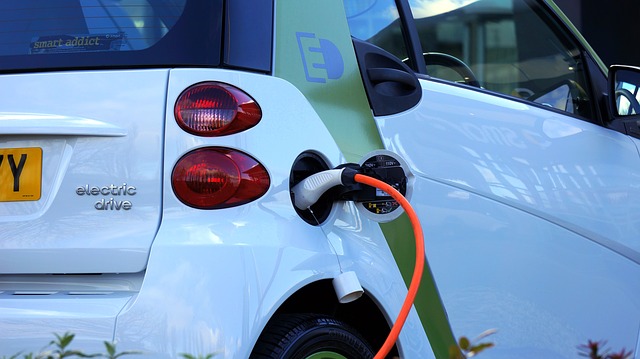Charging your EV at home comes with many benefits like convenience, and time and money-saving. It is, therefore, essential that you understand how to install one at your home.
Here is all you need to know about installing an EV charging system at home:
Types of EV home Chargers
There are different types of EV home charger, top ones being level, and level 2 charging. Level 1 doesn’t need any installation as it comes pre-set. The installation guide comes in handy if you are using the level 2 charging.
Even though you spend some time in installation, level 2 charging comes with several benefits making it an ideal consideration. It provides for faster charging that saves you time. It is also convenient as you don’t have to spend the whole day charging your car.
Installation Process
Now that you have settled on the charging system, it is time to get to the central installation.
Before you start the installation, ensure that you have the electricity provisions of the charger. The level 2 EV charger requires 240V of power. You might need to install new wirings for circuit breakers. Once all the electrical supply needs are in place, shut down all the electric supply to avoid electrocution during the process.
Find the ideal point within your home to install a break switcher and attach it to a charging unit to create the charging hub. Hook up the charger hub with three 6-gauge wires then seal the charger from external interference. The next is to connect the wires to the breaker box. Finish up by connecting the wires to the breakers connecting the positive and the negative to the switch. Cover the whole set up and proceed to switch on.
Safety Tips
Even though most users don’t give it top considerations, safety is the most important aspect of electric vehicle charging. The whole process and the charger you use to install must be safe for you and the car. The first step towards ensuring safety is to buy certified charging stations. Look for certification marks on the station before purchase.
Given that the installation involves electricity keep safe y wearing protective equipment like electrician gloves and safety glasses. Also do not be in a hurry to complete the project. Take time to read the guide and follow it. Do not start the installation until you are sure you can handle the whole process. Do not hesitate to call the manufacturer in case of any concerns.
The Need to Hire a Professional Technician
Are you having challenges installing the EV charger at home or does the whole process intimidates you? Don’t risk your safety and that of your property. Instead, call a qualified electrician to install the charging system. Work with a certified electrician who has experience dealing with different types of EV home chargers.
The electrician will not only install the system but also advise you on the safety precautions, and best use practices.
Conclusion
Installing an EV charging system is not the most challenging task around. Remember to use certified chargers and wear protective clothing. Importantly, don’t fail to ask for help in case of any concern.




